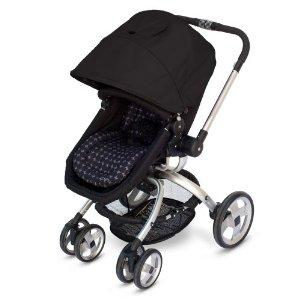Turn a breech baby

Ideally you want your wee one head down and facing […]
Ideally you want your wee one head down and facing your back for his debut, but don’t worry if your babe is breech (bottom down) beforehand. He’s going to keep moving and grooving up until delivery, so he may not still be breech when it’s finally go time.
According to Sally Hersh, CNM, DNP, clinical assistant professor at the Nurse-Midwifery Academic Program at Oregon Health & Science University in Portland, 7 to 16 percent of babies are breech at 32 weeks’ gestation. By the time of the due date, only about 3 to 4 percent remain in the breech position.
If it’s late in the pregnancy game (after 36 weeks) and your little one is still headed in the wrong direction, it’s time to turn things around. Here’s how you can coax your tiny gymnast to flip head down.
Home remedies
Practice good posture—spine straight, belly out—while sitting on your birthing ball, which will make it easier for your little one to get in a proper stance for delivery. Some also suggest placing a bag of frozen peas on the top of your bump where you feel baby’s head. The sudden chill from the north will become uncomfortable and prompt his head to migrate southward. Hersh notes that most of these DIY methods aren’t supported by much research, but there’s no harm in trying.
Alternative therapies
“There is some evidence about using acupuncture alone for assisting babies to turn from breech to head first,” says Hersh. “While evidence is still being gathered on these methods, women often find them to be appealing first steps.” One method, Hersh points out, that some studies have shown to be useful is moxibustion, during which an acupuncturist burns the mugwort herb close to the skin near specific acupunc- ture points. The procedure increases fetal activity, which ups the odds your babe will wiggle into the preferred position.
Doctor’s orders
If baby hasn’t flipped by 37 weeks, most health care professionals will recommend an external cephalic version (ECV), more commonly known as a version. With constant monitoring by ultrasound, a doctor will try to turn baby by hand by firmly, but gently, pressing on your stomach. (Expect discomfort but not pain.) More than half of ECVs are successful, but there’s a chance your wee one will flip back.
Last resort
Try as you might, if things don’t turn around (literally), then a vaginal delivery could be difficult—even impossible. If your water hasn’t broken, your doctor might be able to attempt one last version, but if it’s too late, Hersh says that the majority of breech babies in the U.S. are delivered via C-section.








